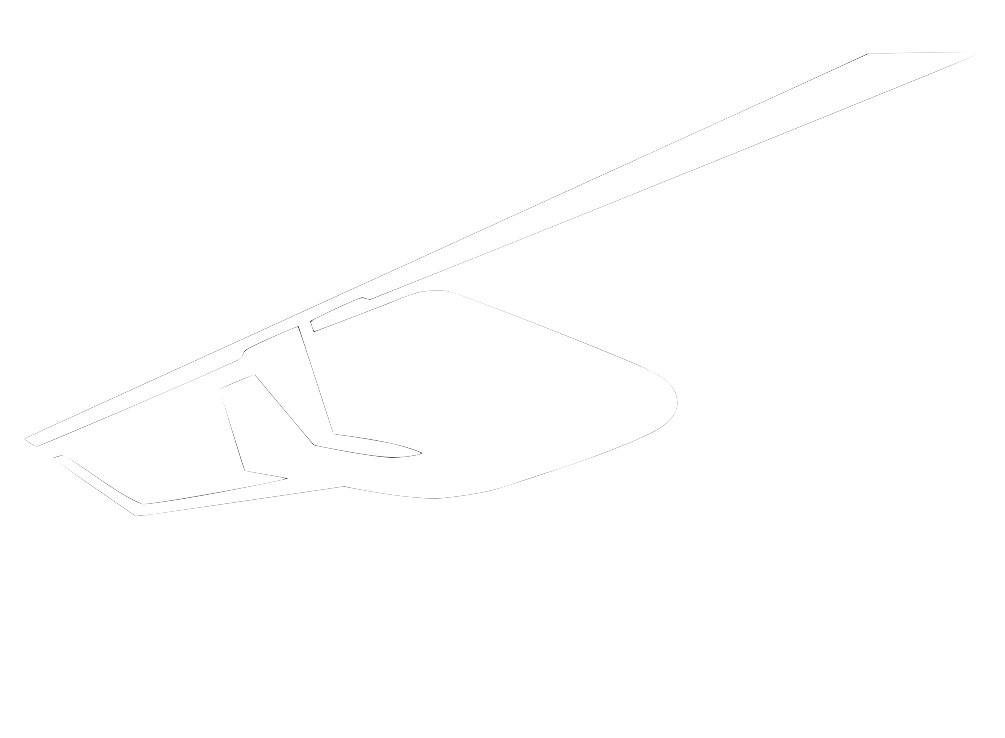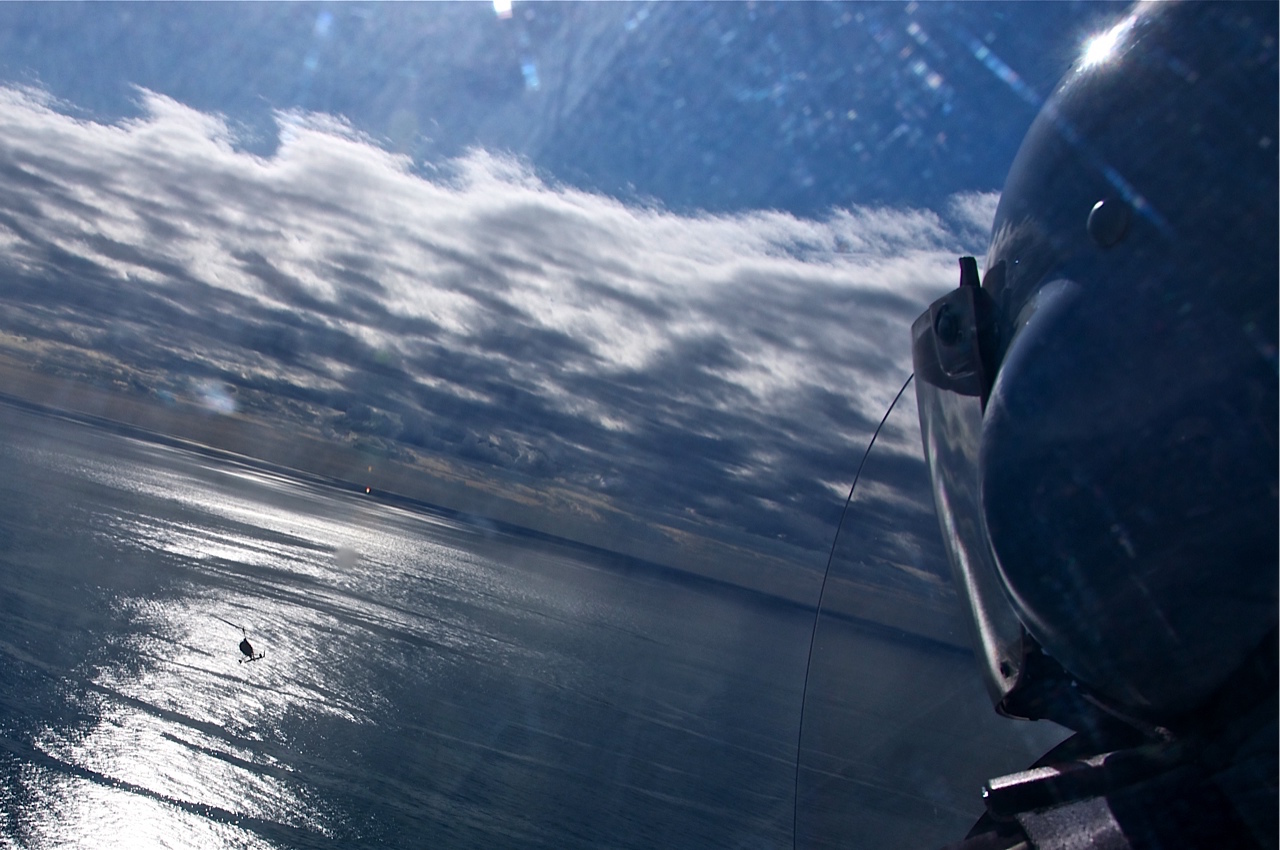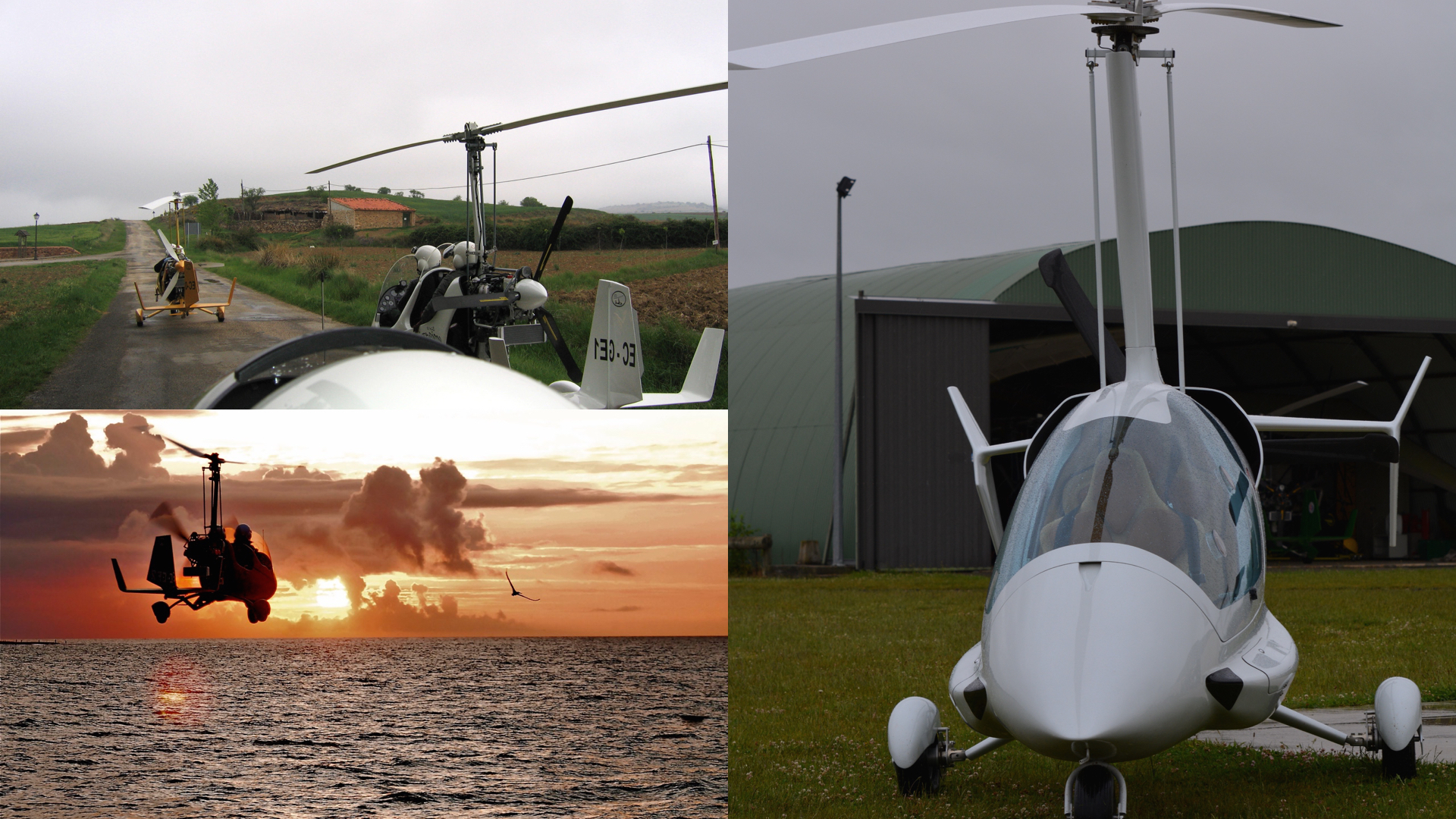Features of Gyrocopters
Safety is the most important feature of the gyrocopter, it is equipped with a rotor that auto-rotates freely due to the effect of the relative wind and is not connected to the engine in-flight. The dreaded event of an engine stopping poses no problem as the gyrocopter glides and lands easily without the use of an engine.
In fact, in the training course the student must always land without the engine and, quite unlike an airplane, when the aircraft reaches the floor the touchdown requires almost no speed.
They are extremely stable compared to fixed-wing aircrafts. Gyrocopters never face a loss of lift or go into a spin. Therefore, safety is never compromised in adverse weather conditions like high and thermal winds.
Learning to fly a gyrocopter is very easy. A training course consists of approximately only 20 hours of flight and the study of the theory.
.
The speed of flight of this aircraft ranges from 0 to 220 km / h. Given its short takeoff roll, gyrocopters can maneuver, land in tight areas (0-10 m) and in difficult roads and pieces of land. Its takeoff roll is less than 10 meters and taking into account that the area of the rotor has a 8,30 meters diameter, a minimum space is enough to land safely in the case of unexpected events.
They use different types of green fuels: 95 oct. unleaded, 98 oct. with/without lead or Avgas 100 LL.
They can fly in very adverse weather conditions with strong winds and aggressive turbulences that make it impossible for fixed-wing aircrafts to fly.
Mechanical maintenance is relatively simple and has a very low operational cost, making the gyrocopter a very reliable machine. Our company has been manufacturing these aircrafts since 1993 and we can currently confirm that no mechanical failure has compromised the safety of our customers to date.
Pre-flight check ups can be easily performed by any pilot.
The gyrocopter can be driven on roads and is extremely easy to be hangared in small places.
Both the purchase and the operational/maintenance costs are low, infinitely inferior to those of helicopters and fixed-wing aircrafts.
The flight autonomy of the gyrocopter is similar to that of an airplane's. Its fuel consumption is significantly lower than that of a helicopter. Given its high operational and takeoff flexibility it is easy to set up refueling points, increasing their range of action. If necessary, it is possible to attach an additional fuel deposit to double the radio or flight distance.







